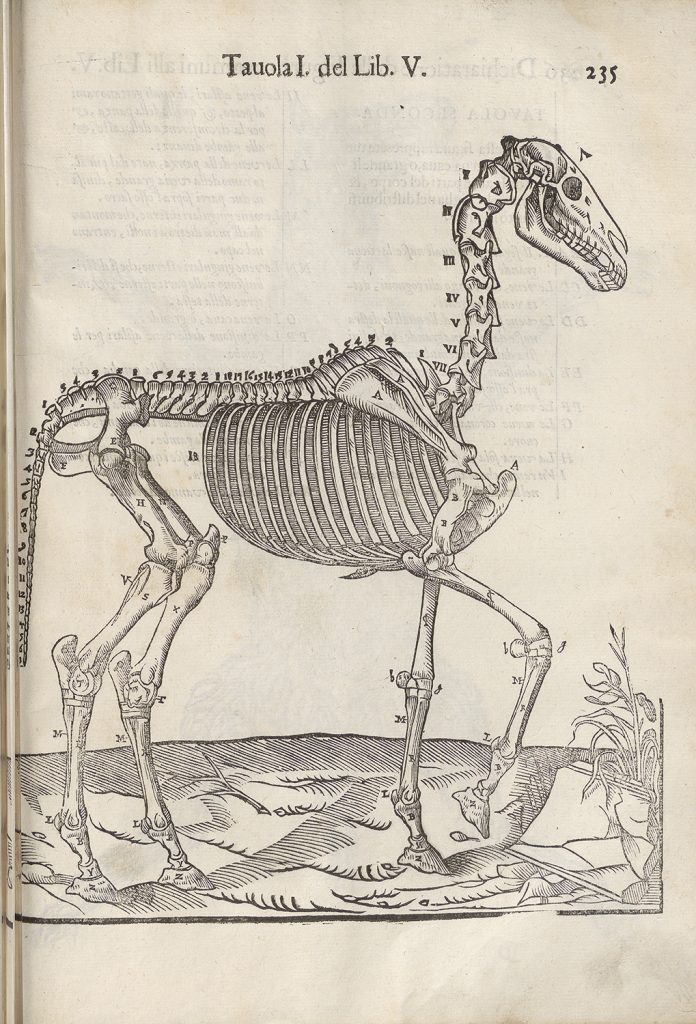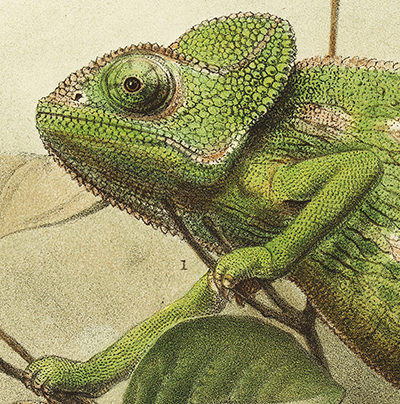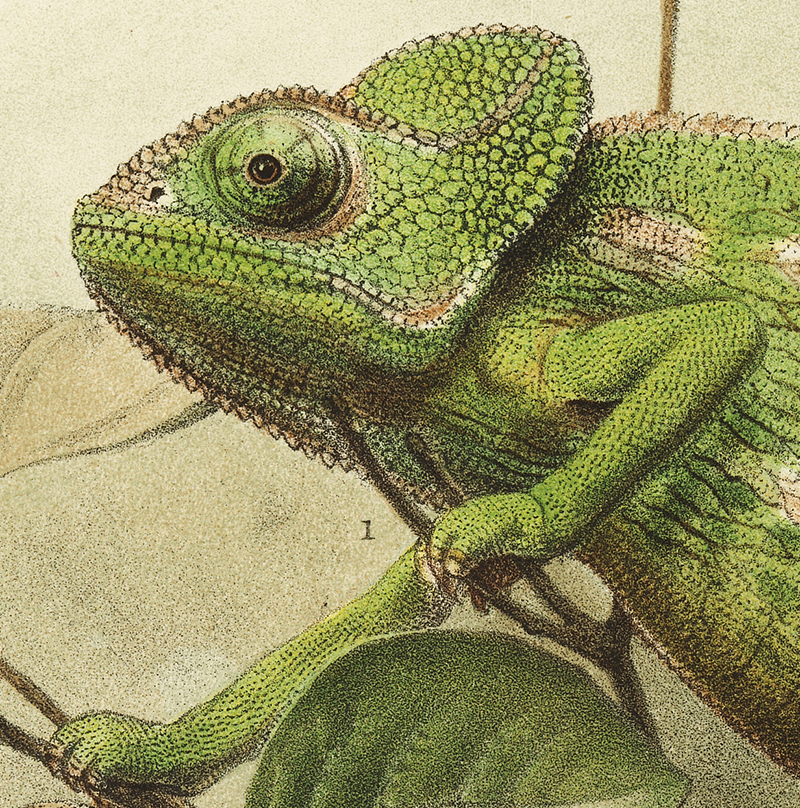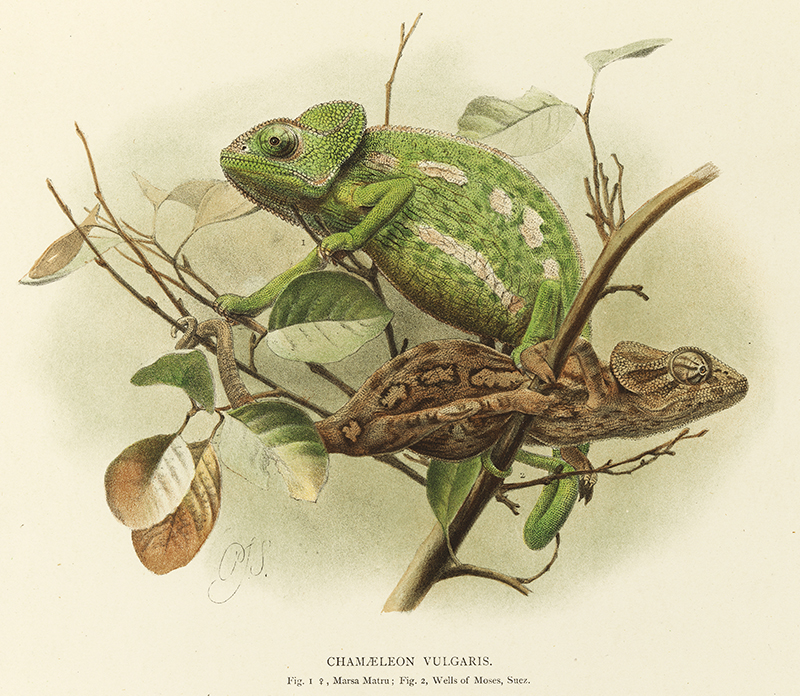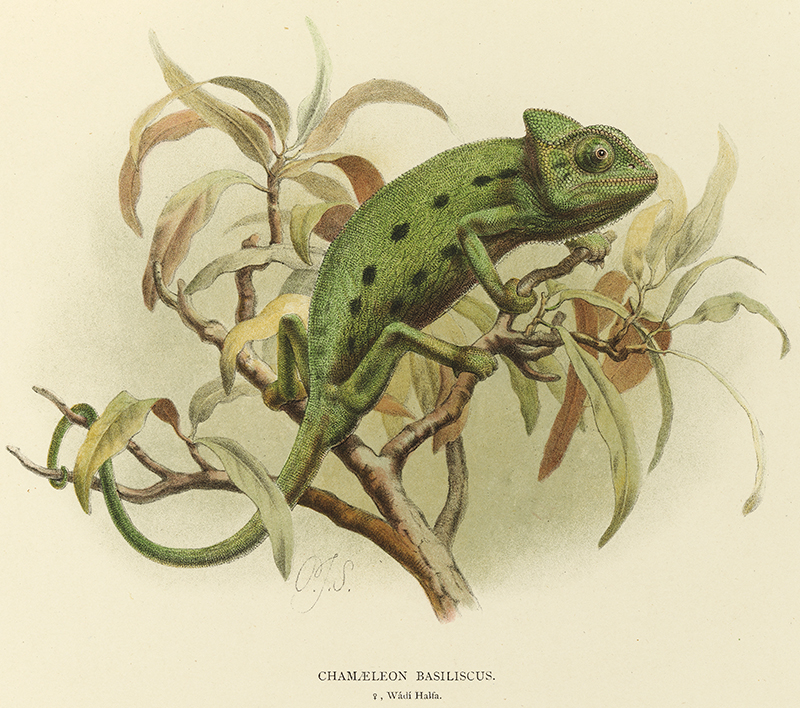Recently I digitised Carlo Ruini’s ‘Anatomia Del Cavallo’ (The Anatomy of the Horse, Diseases and Treatments) as part of our Iconic’s collection on our i2S V-shape cradle scanner. It is a lavishly illustrated anatomic manual on the study of horses and was the first book to focus exclusively on the structure of a species other than man. In Ruini’s estimation, the horse combines ‘great love of man’ with natural docility and is celebrated for its many ways to bring pleasure and assistance to man that it is commemorated everywhere in monuments, tombs, poetry, and painting.
Category: <span>School of Biological Sciences</span>

Recently I worked on digitising a small number of volumes of The Veterinary Journal from the late 19th century and late 20th century. Almost 100 years apart, the earlier volumes from 1889-1898 had some questionable advice and cures for ailments including the free use of toxic chemicals and even a few drams of whisky for a horse’s stomach ache! We view these archaic methods nowadays with humour – after all, some absurdities are expected from a late Victorian medical journal.
The work that DIU are developing around moving image has grown considerably in the last two years and the demand for moving image has increased exponentially with each new film…
We kick off 2015 with the addition of 3 new Book Readers added to LUNA. The first two are both music manuscripts that came down to the DIU as part of the Readers Orders trolley. It is not often that we receive volumes to be digitised in their entirety this way, so it seemed a good opportunity. As a result we spared a bit of time to do the additional work to prepare them for the book reader software after the High Resolution images had been delivered to the customers.
Currently I am based in the Digital Imaging Unit where I am responsible for digitising a large number of glass plate positive slides (about 3500!) which make up part of the Towards Dolly Project within the Roslin Collection. The digitisation project itself – aptly named ‘Science on a Plate’ – is funded by the Wellcome Trust and is due for completion at the end of April 2015. Only this week, the first batch of 1000 images have been made publicly accessible via the University of Edinburgh Image Collections website.
Having worked through over 1300 images so far, it is difficult to know where to start when attempting to whittle down the numbers to a small selection of favourites to post here. I have, therefore, simply chosen a handful of images that seem to jump out at me for one reason or another. These images do something to represent the wide-reaching nature of the Roslin Glass Slides Collection; many document people and animals at a particular time and place, whilst others are more informative and study-based. The collection contains images that span the globe. I am constantly surprised as I move through them. One minute I will be looking at a photograph of a Clydesdale horse at a show in Brunstane Park, Edinburgh, and the next minute I will be looking at a sable in eastern Africa or an indigenous tribe in India. The collection is vast, diverse and engaging all at once.
I wanted to share some fantastic images that have come through the Digital Imaging Unit via general random digitization requests. This material is bound for individual researchers and would normally pass under the radar. We have enough amazing material passing through DIU to make this a monthly blog feature. First up is from “Zoology of Egypt, Reptilia and Batrachia” by John Anderson Shelfmark : L*.17.93. The whole book is packed with outstanding images and worthy of digitisation in its entirety.
I am now coming to the end of my internship here in the Digital Imaging Unit. Over the past twelve weeks I have been responsible for digitising a large number of documents as part of the Godfrey Thomson Project. Collecting the project documents from Neasa, the Godfrey Thomson Archives Intern, I would then be required to capture every document individually using the Bookeye 4 Scanner (a machine that I have got to know very well lately, and one that behaves rather well, all told!).
Fascinating book of the month requested for digitisation in the DIU goes to Thomas Greens “The Universal Herbal; or, botanical, medical, and agricultural dictionary. Containing an account of all the…
Last year the Salvesen Collection, which has been in the possession of the University since 1969, was given permission to make the images publically available online for the first time.…
Maybe it is this lovely spring weather that has got me thinking about the wonderful books on Natural History in our Collections. Perhaps the most notable of which is The…
